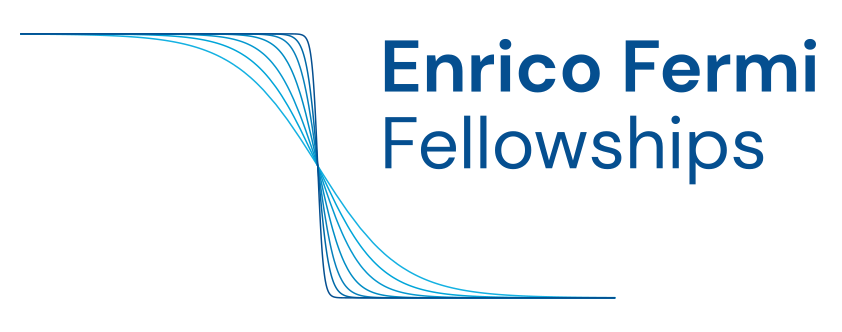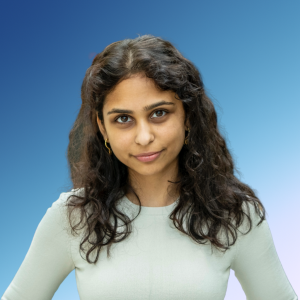Project summary: Our understanding of physical laws remains incomplete, with several theoretical questions requiring experimental guidance. These include the quantum nature of the gravitational field, the composition of dark matter, and the mass of the neutrino. Addressing these questions requires designing experiments that challenge predictions made by the standard model and general relativity.
A promising and relatively unexplored platform for sensing physics beyond current theories is nuclear spins of donors in silicon. Nuclear spins of phosphorus donors in silicon exhibit extraordinarily long coherence times. This project explores how these spins can be used to probe fundamental physics. By building the experiment in a dilution refrigerator, where temperatures reach a fraction of a degree above absolute zero, the coherence time is further extended which enables tests of physics in new regimes. To ensure low noise, the experimental platform will be built in the Quiet Labs at the Research Advancement Centre 2 (RAC2), providing excellent environmental isolation.
To harness spin resonance for fundamental physics, we must determine how best to manipulate and measure quantum states to maximize their sensitivity to new physical phenomena. Exploiting the long coherence times of nuclear spins requires encoding a property of fundamental physics within the nuclear spin signal. The challenge is to understand how gravity, dark matter, or neutrinos interact with nuclear spins and to determine the necessary signal-to-noise ratio and coupling strengths for meaningful detection.
Another necessary step is to improve measurement sensitivity beyond classical limits in a practical way. Quantum sensors surpass shot noise by generating highly sensitive quantum states—such as entangled or squeezed states—to achieve Heisenberg scaling. The larger the quantum system, the greater the potential benefit. For a system with Avogadro’s number of atoms, there is potential for up to ten orders of magnitude improvement in sensitivity beyond the classical shot noise limit. However, realizing these predicted advantages in the lab remains challenging. It is not enough to identify an ideal quantum state for sensing a specific physical phenomenon; this project aims to develop practical experimental protocols to create, maintain, and measure these states.
By leveraging the exceptional coherence properties of donor qubits in silicon and developing experimentally viable quantum sensing protocols, this research aims to detect and measure physical phenomena beyond the standard model and general relativity. The project requires an understanding of experimental constraints and knowledge from theoretical motivations to design an impactful experiment. theory to motivate experiments while also ensuring that my theoretical work remains accountable to experimental constraints. I aim to develop an experiment using solid-state spins of donors in silicon to probe fundamental physics.


